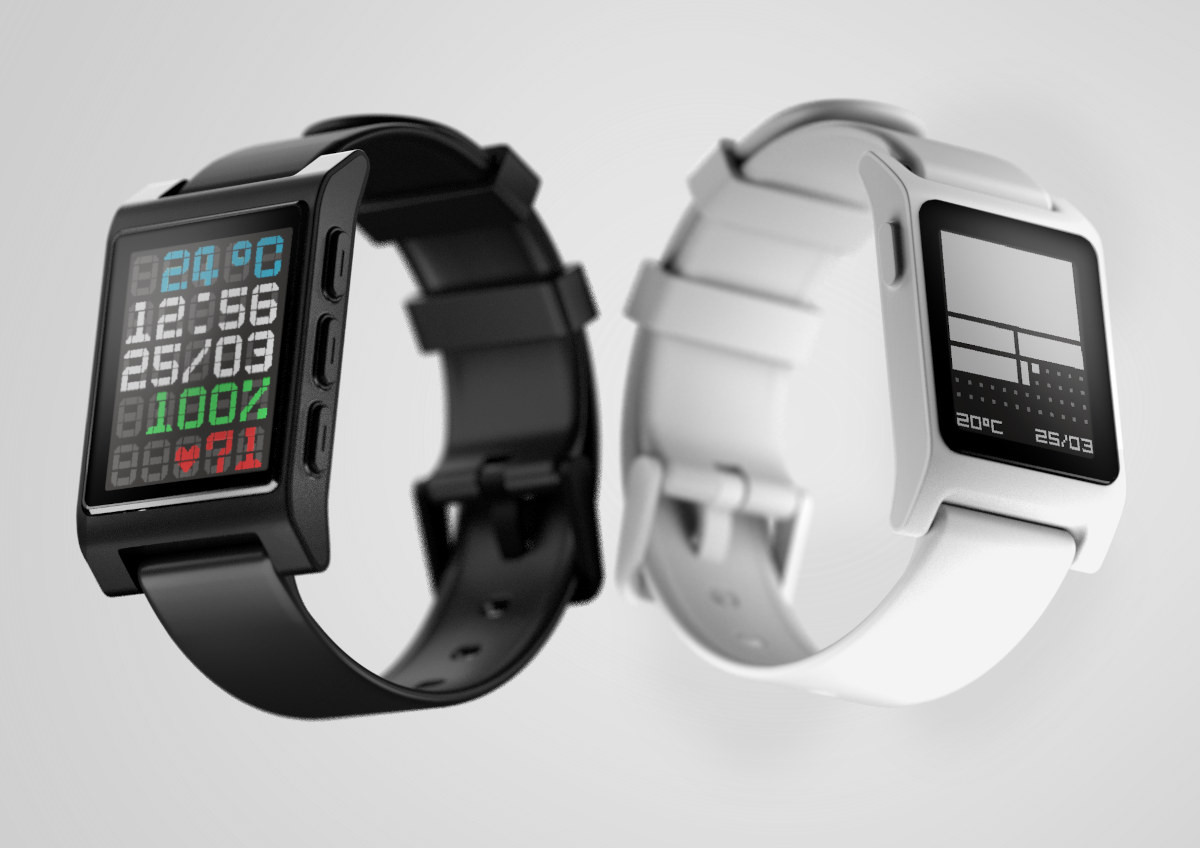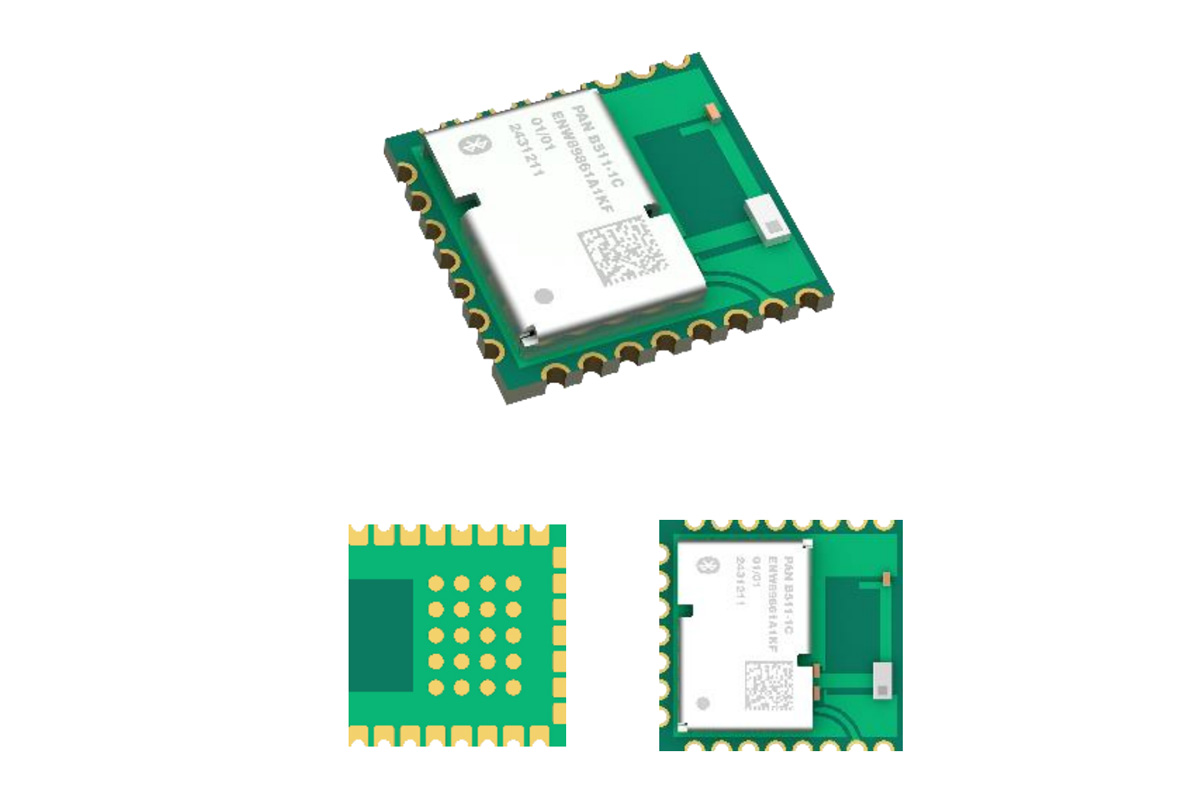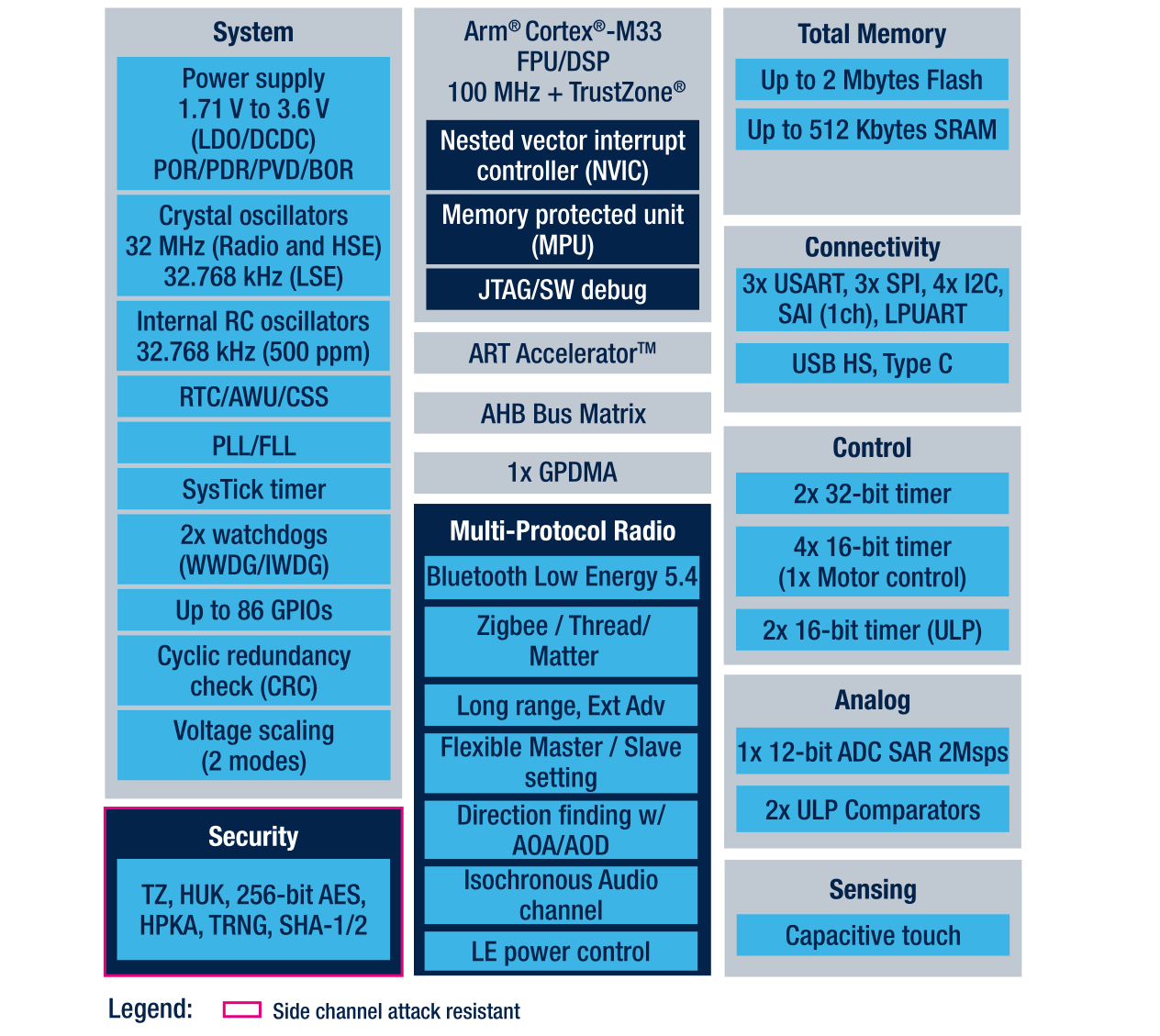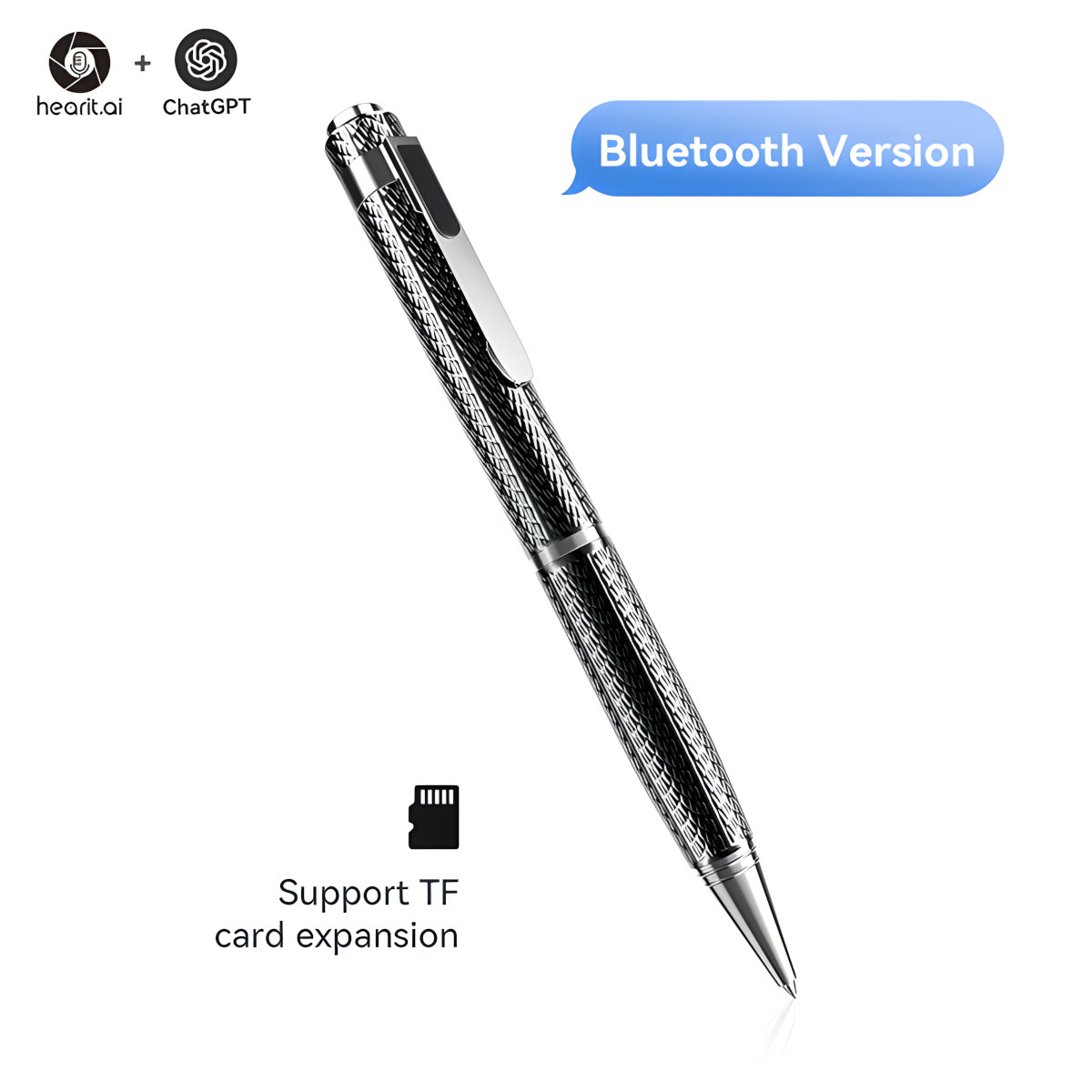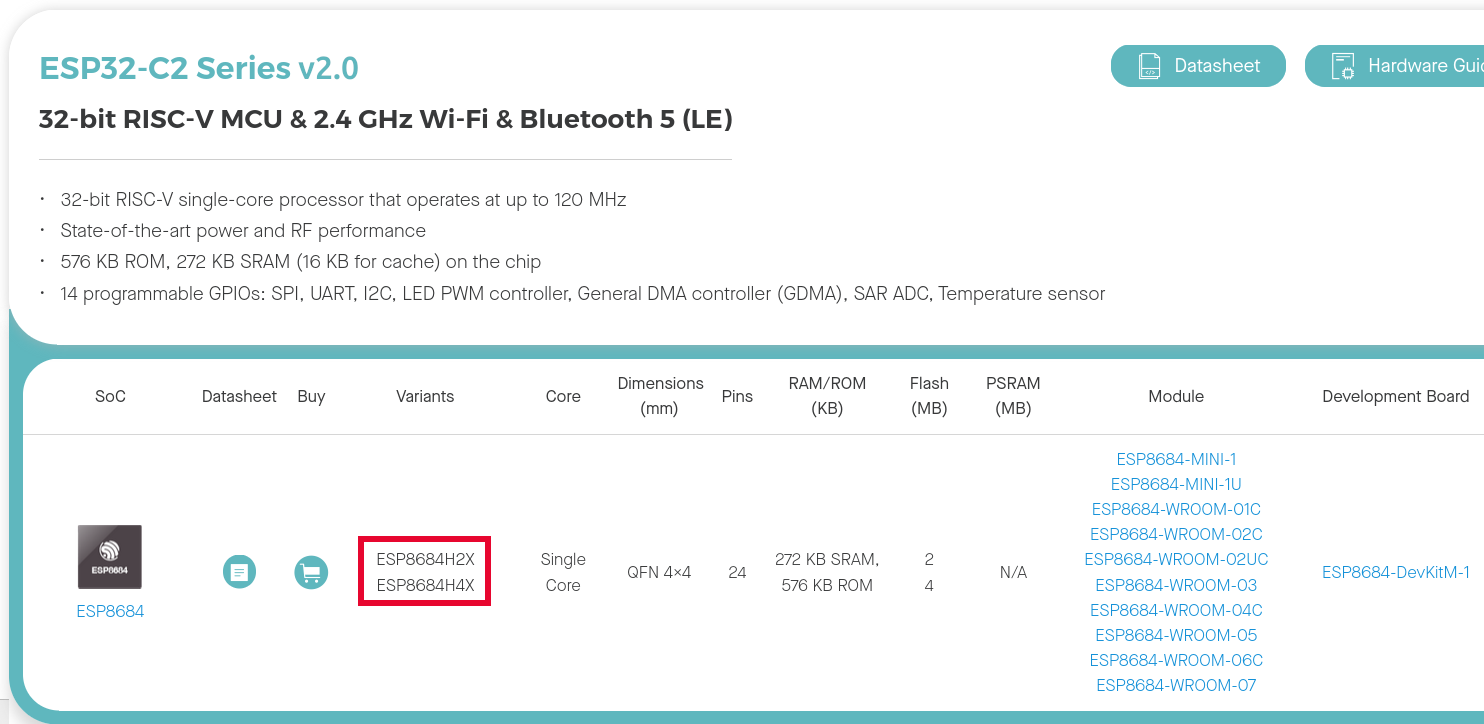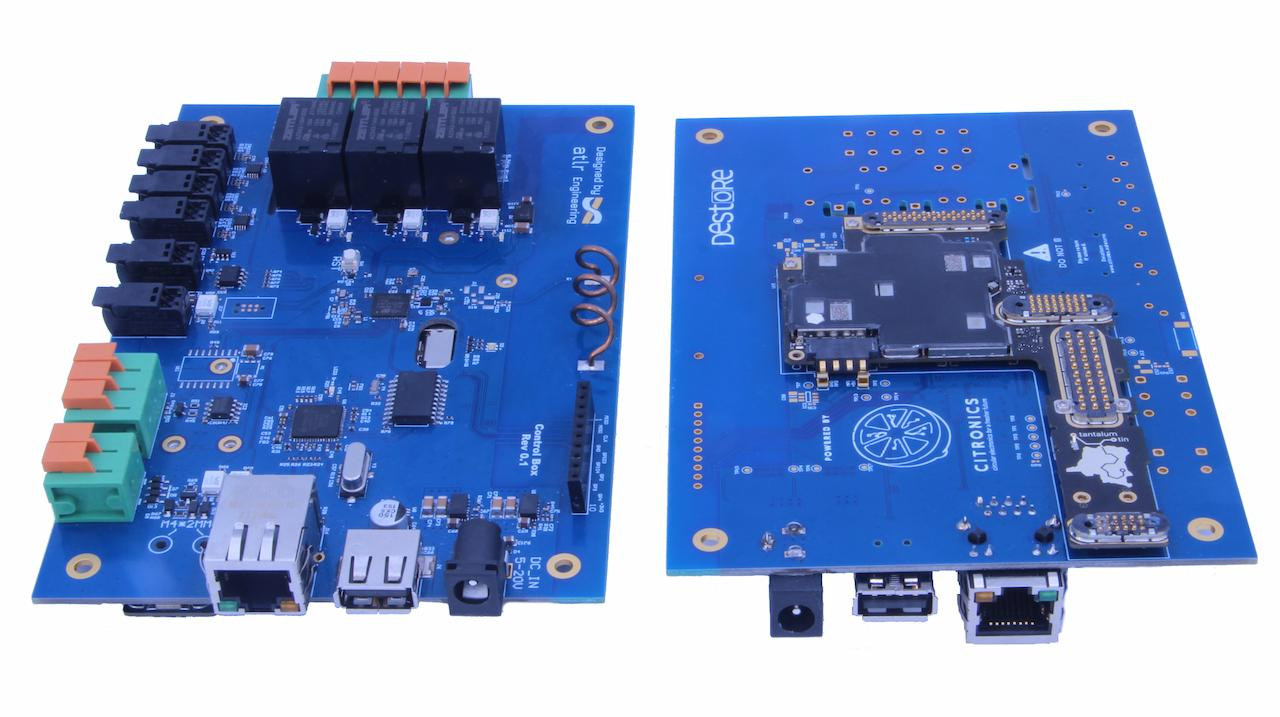Shelly Group has just launched its Gen4 multi-protocol smart switch family supporting Wi-Fi, Bluetooth, Zigbee, and Matter protocols for the Smart Home. The company specifically introduced five new products: the Shelly 1 Gen4 one-channel, dry contact smart switch, the Shelly 1PM Gen4 smart switch with power monitoring, Shelly 1 Mini Gen4 compact smart switch for lights and small appliances, the Shelly 1PM Mini Gen4 compact smart switch with power metering, and the upcoming Shelly EM Mini Gen4 energy meter. Let’s have a quick at each product. Shelly 1 Gen4 smart switch Shelly 1 Gen4 specifications: Wireless SoC – ESP-Shelly-C68F Based on ESP32-C6 RISC-V SoC Storage – 8MB flash Wireless – 2.4 GHz WiFi 6, Bluetooth 4.2, and 802.15.4 radio for Zigbee and Matter Wireless parameters WiFi 6 Max. RF power – < 20 dBm Range – Up to 30m indoors, 50m outdoors Bluetooth 4.2 Max. RF power – < 4 […]
The Pebble Smartwatch is back with the Core 2 Duo and Core Time 2 models running PebbleOS open-source firmware
The Pebble Smartwatch was first introduced in 2012 with a black and white e-Paper display, a week of battery life, and an amazingly successful Kickstarter company that raised over 10 million dollars. It was followed by the Pebble Time with a color display in 2015, and the Pebble 2 & Time 2 watches followed in 2016. But then it all went south from there, and Pebble’s assets were purchased by Fitbit in December 2016, all projects were canceled that year, and cloud services were discontinued in June 2018. Since then, the community has taken over working on the Rebble project to keep existing watches running, and Google acquired Fitbit in 2021. However, the project is slowly coming back to life. First, Google released the source code for the Pebble smartwatches and Pebble’s founder, Eric Migicovsky, and a team of engineers worked on reviving the project which now culminates with the […]
Panasonic PAN B511-1C Bluetooth 6.0 and 802.15.4 module features castellated holes and LGA footprint
Panasonic industry has recently introduced the PAN B511-1C Bluetooth 6.0 and 802.15.4 module based on the Nordic Semi nRF54L15 SoC and designed for ultra-low-power wireless communication. The compact module integrates a chip antenna, 32MBit flash memory, two Crystals, and the Nordic nRF54L51 which provides a 128 MHz Arm Cortex-M33 microcontroller with Bluetooth 6.0 (LE), Thread, Zigbee, and Matter, along with multiple peripherals such as SPI, UART, I2S, PWM, and ADC. The PAN B511-1C also implements security features to support secure boot, secure firmware updates, cryptographic acceleration, and tamper detection, making it suitable for a range of IoT, industrial automation, smart home, medical (wearables), and battery-powered applications. PAN B511-1C module specification: SoC – Nordic Semiconductor nRF54L15 MCU cores Arm Cortex-M33 with Arm TrustZone @ 128MHz RISC-V coprocessor for software-defined peripheral Memory – 256KB SRAM Storage – 1.5MB non-volatile memory Wireless Bluetooth 6.0 Data rates – 2Mbps, 1Mbps, 500kbps, 125kbps Features AoA / […]
Tiny Silicon Labs BG29 Bluetooth LE SoC measures just 2.8 x 2.6mm for wearables and sensors
Yesterday, we wrote about the world’s smallest microcontroller (TI MSPM0C1104), which measures just 1.38mm2 in its smallest package. However, it is designed for general-purpose applications without built-in wireless connectivity. If you need Bluetooth LE in a tiny form factor, Silicon Labs BG29 wireless SoC, with a 2.8x 2.6mm package, is worth a look. The BG29 features a Cortex-M33 core clocked at up to 76.8 MHz, up to 256KB SRAM, up to 1MB flash, various digital and analog peripherals, and security features that make it suitable for Bluetooth LE applications such as wearable health and medical devices, asset trackers, and battery-powered sensors. Silicon Labs BG29 (EFR32BG29) specifications: CPU core – Arm Cortex-M33 @ 76.8 MHz with DSP instruction and floating-point unit Memory – Up to 256 kB RAM data memory Storage – Up to 1 MB flash program memory Wireless – 2.4 GHz radio Protocols – Bluetooth 5.4 Low Energy (LE) […]
STMicro STM32WBA6 2.4 GHz wireless MCU gets up to 2MB flash, 512KB SRAM, USB OTG, and more
STMicro had two announcements yesterday. I’ve already covered the launch of the ultra-low-power STM32U3 microcontroller family, so today, I’ll check the new 100 MHz STM32WBA6 Cortex-M33 wireless MCU family with 2.4GHz radios for Bluetooth LE 6.0, Zigbee, Thread, and Matter designed for wearables, smart home devices, remote weather sensors, and more. The STM32WBA6 is an evolution of the STM32WBA family introduced last year, especially of the STM32WBA54 and STM32WBA55 with many of the same features SESIP (Security Evaluation Standard for IoT Platforms) Level 3 security certification, but gets more memory and flash with up to 512KB of SRAM and up to 2MB of flash. The new STM32WBA6 family also gains a High-Speed USB OTG interface and extra digital interfaces such as three SPI ports, four I2C ports, three USARTs, and one LPUART. STMicro STM32WBA6 key features and specifications: MCU core – Arm Cortex-M33 at 100MHz with FPU and DSP Memory […]
The One Smart AI Pen – A ballpoint pen with Bluetooth and a microphone for translation, LLM integration, note taking (Crowdfunding)
You may have seen the “Sell me that pen. It’s AI-powered” meme if you are a social media user. It may have started as a joke, but Zakwan Ahmad made the meme become reality with “The One Smart AI Pen” which is basically a standard ballpoint pen with a battery, Bluetooth connectivity, a microSD card, and a microphone. The AI part is not exactly inside the pen per se, but in a smartphone’s app called Hearit.ai that allows the user to translate his/her voice input, use a range of LLMs such as ChatGPT, recording a meeting, or taking notes, for example, to schedule events or meetings. The One Smart AI Pen specifications: “AI chip” – Not clear why it’s needed here… unless it transcribes audio into text inside the pen (as opposed to inside the phone) Storage – MicroSD card slot inside the pen Wireless – Bluetooth 5.2 with up […]
ESP32-C2 v2.0 wireless SoC adds 20 KB of additional SRAM, 100 KB of extra flash
Espressif ESP32-C2 (ESP8684) has been updated to v2.0 with 20 KB of additional SRAM, 100 KB of extra flash, with some improvements in terms of erase and program performance. The ESP32-C2 was first unveiled in April 2024 with limited details, and launched in October of the same year as the ESP8684 SiP combining ESP32-C2 die with 4MB flash, as well as a few ESP8684 modules and the ESP8684-DevKitM-1 development board. The ESP32-C2 is meant to be a cost-down version of the ESP32-C3 with less RAM and peripherals, and the ESP32-C2 v2.0 slightly improved on that with parts adding X to the name: ESP8684H2X (2MB flash) and ESP8684H4X (4MB flash). Modules and devkit names are also impacted, albeit not shown yet in the screenshot below. The part names had to be updated because chip revision v2.0 and previous chip revisions are not software-compatible, so Espressif had to update the ordering codes […]
Citronics built a router based on the Fairphone 2 mainboard
Belgium-company Citronics has designed a router based on the mainboard of the Fairphone 2 smartphone, connecting the Qualcomm Snapdragon 801 “system-on-module” to a carrier board with Ethernet, USB ports, and other connectors, while leveraging 4G LTE, WiFi, and Bluetooth connectivity from the phone’s core board. Citronics calls this type of hardware “Circular Microcomputers,” which refers to small computers focusing on sustainability and circular economy principles using parts from discarded devices like old smartphones. There’s actually more than one router, as Citronics designed its own development kit, and also partnered with other companies to design custom gateways based on the Fairphone 2 mainboard. Let’s have a look at the devkit first. Citronics devkit: Fairphone 2 mainboard SoC – Qualcomm Snapdragon 801 (MSM8974AB) quad core Krait 400 processor @ up to 2.26 GHz with Adreno 330 GPU System Memory – 2 GB LPDDR3 Storage – 32GB eMMC flash Connectivity – 2G/3G/4G LTE, […]



